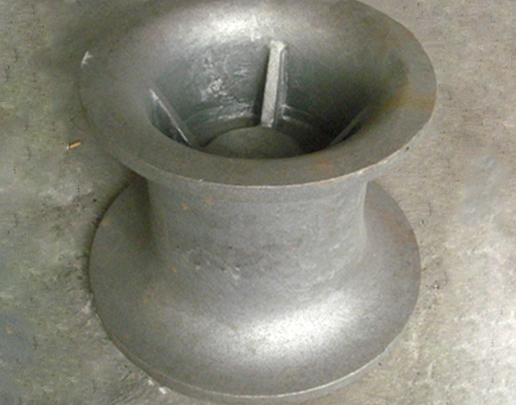Dalian castings, as a traditional manufacturing process, have important applications in fields such as automotive, aerospace, military, and mechanical manufacturing. With the continuous development of materials science and processing technology, the manufacturing technology of castings is also constantly updated. The introduction of new materials, new processes, and digital production methods has significantly improved the quality, efficiency, and accuracy of castings. In the future, castings will continue to develop and gradually evolve towards high performance, high precision, and high complexity, bringing more possibilities and opportunities for the development of various industries.
In terms of material selection for castings, commonly used metal materials include iron, aluminum, copper, zinc, magnesium, etc. Different metal materials have different mechanical properties and high temperature resistance, suitable for different working environments and requirements. In addition, some non-metallic materials can also be processed into castings through casting processes, such as plastics, ceramics, composite materials, etc.
How are the dimensional accuracy and shape tolerances of Dalian castings controlled?
The dimensional accuracy and shape tolerance of castings are determined based on design requirements and technical standards, and are usually determined during the design phase. In the production process, it is necessary to strictly follow these requirements and standards to control dimensional accuracy and shape tolerances.
The dimensional accuracy of castings is mainly affected by the following factors: the size and shape of the mold cavity, the temperature and flowability of the molten iron, the pouring speed and pressure, the cooling speed, and the surface smoothness of the mold cavity. During the casting process, it is necessary to strictly control these factors to ensure that the dimensional accuracy of the castings meets the requirements.
The shape tolerance is mainly influenced by factors such as the shape and size of the cavity, the design of the pouring port, and the pouring direction. In the design phase, it is necessary to design the shape and size of the cavity reasonably to avoid excessive or insufficient shape tolerances. Meanwhile, during the production process, it is necessary to pay attention to controlling the position and size of the pouring port to ensure that the shape tolerance of the castings meets the requirements.
In addition, the dimensional accuracy and shape tolerance of castings are also affected by factors such as the quality of raw materials, the accuracy of molds, the performance of production equipment, and the technical level of operators. Therefore, in the production process, it is necessary to strictly control these factors in order to effectively control the dimensional accuracy and shape tolerances of castings.
In the preparation process of castings, the key is to determine the shape and material of the parts and prepare the corresponding molds. The design of the mold affects the forming quality of the parts, and needs to consider issues such as the wall thickness, inner and outer surface flatness, and shrinkage of the castings, making the mold structure somewhat complex.
The manufacturing process of castings usually includes multiple steps such as model making, melting metal, pouring, cooling, demolding, and cleaning. In this process, various equipment and tools are required, such as molds, furnaces, pouring equipment, cooling equipment, demolding equipment, cleaning equipment, etc. At the same time, it is necessary to control various process parameters to ensure the quality and performance of the castings.






